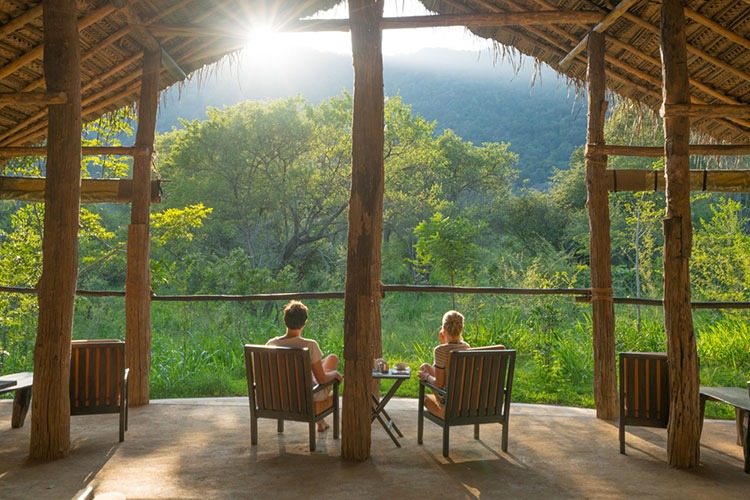In the verdant heart of Sri Lanka, a pressing issue shadows the island’s renowned biodiversity and natural splendor—the escalating human-elephant conflict (HEC). This beautiful nation, celebrated for its vibrant cultural heritage and ecological diversity, is also the battleground for an ongoing struggle between humans and one of the most awe-inspiring inhabitants of the Earth: the Asian elephant. The persistent encroachment of human activities into elephant habitats has ignited a conflict that endangers conservation efforts, threatens livelihoods, and jeopardizes the survival of these noble creatures.
The Crux of the Conflict
The roots of the human-elephant conflict in Sri Lanka are deep, stretching back centuries as the human footprint expanded and the territories of wild elephants dwindled. Currently, the conflict is driven by habitat destruction, the expansion of agricultural lands, and infrastructural developments. As a result, elephants, which once roamed the vast expanse of Sri Lanka freely, find themselves in increasingly confined spaces, heightening the frequency of human-elephant encounters.
These encounters often lead to devastating outcomes: crops and properties are destroyed, and human and elephant lives are lost. The situation exacerbates tensions between communities and conservation efforts, pressing the need for effective and sustainable solutions to this escalating conflict.
Pathways to Resolution
The resolution of the human-elephant conflict demands a comprehensive strategy that prioritizes human safety and the preservation of elephant populations. The Green World Trust advocates for the adoption of innovative and humane approaches to manage this conflict. Among the proposed strategies are:
- Elephant Corridors: Secure pathways for elephants to traverse between natural habitats can reduce their presence in human-dominated landscapes, diminishing encounters with agricultural lands and settlements.
- Engaging Local Communities: The involvement of local communities in safeguarding their livelihoods while protecting elephants is vital. Educational initiatives can foster a deeper understanding of elephant behaviors, and community-driven projects can offer sustainable conflict management practices.
- Protecting Crops: Employing non-lethal means, such as electric fences, barriers infused with chili pepper, and early warning systems, to deter elephants from entering crop areas can safeguard human food resources without causing harm to elephants.
- Support Mechanisms: Developing compensation frameworks for those affected by crop damage and introducing insurance schemes can help mitigate the economic impacts on farmers, reducing antagonism towards elephants.
- Ongoing Research: Continuous study and monitoring of elephant movements and populations are critical for adapting and improving conflict management strategies effectively.
A Unified Effort
Addressing the human-elephant conflict in Sri Lanka requires the concerted efforts of governmental bodies, NGOs, conservation experts, and the communities at the frontline of this struggle. It highlights the broader challenge of preserving global biodiversity amid increasing human expansion. By adopting forward-thinking solutions and working together, we can aim for a future where human activities and elephant populations are managed in a way that reduces conflict and promotes the well-being of both.
The Green World Trust is at the forefront of advocating for these solutions, engaging with all stakeholders to address the human-elephant conflict effectively. We are dedicated to a vision that ensures the protection of elephants and their habitats while safeguarding human interests. We invite you to join us in this critical mission. Together, we can contribute to resolving the human-elephant conflict, safeguarding the majestic Asian elephant, and preserving the ecological integrity of Sri Lanka for future generations. Let’s commit to a sustainable future, for the well-being of both humans and elephants on this island paradise.









